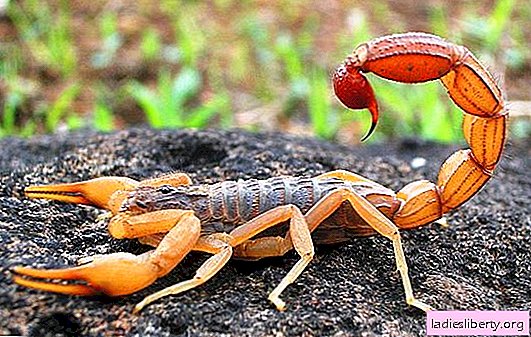
Probably, every yard has its own bully, when its parents try to pick up the children and take them to the next sandbox, or take a fighting stance, ready to protect them from the little aggressor. The epithets that other adults award such a baby are very unflattering - “poorly educated”, “abnormal”, “having deviations”. Yes, and the family of such a child is instantly recognized as dysfunctional - after all, someone taught him a cruel relationship with others? This means that this “someone” is mom and dad, who undoubtedly shout at the prankster with good obscenities and abuse him - they beat, humiliate, and mock him. All these arguments seem clear and logical, until the very time when his own crumb, who had been the most tender and obedient just yesterday, today suddenly sculpts a weighty plush for another baby, bites him to the blood and with obvious pleasure fills the smart girl with sand.
What is the expression of aggression in children?
The first manifestations of child aggression occur in a period of 2 to 3 years. For someone, it expresses itself smoothly and is almost invisible to others, while parents of other babies frighten such outbreaks and confuse them. Many are completely unprepared for the fact that their own child begins to play the role of aggressor. Sometimes the baby behaves perfectly at home, and begins to demonstrate "bad inclinations" only at the site, engaging in a fight with peers. Often, an aggressive reaction manifests itself so suddenly that nearby adults do not have time to react. And as a result, someone else’s offended child, shame, and sometimes a conflict with the parents of the offended baby.
Reasons for aggression
To understand that the reason for this behavior is only age, and not the presence of any deviations, carefully observe the behavior of the child in society. The reason for the negative reaction may be attempts by other children to encroach on his property - in this way the first greed appears. It happens that under the guise of unfriendly behavior hides the inability to build a first relationship with peers. It is the domestic children who are most susceptible to non-standard behavioral reactions - accustomed to successfully coexist with adults, they simply are not able to make their first friendship with other babies.
How to respond?
Of course, the first reaction of an adult to such manifestations is indignation. I want to immediately stop greed, pugnacity, and all the nasty manifestations of character in the bud, and badass myself - to punish so that “from now on it was not bad”. However, experience will hasten to assure you that this method not only does not work, but generates even greater aggression. But you should not go to the other extreme, taking a position of complete non-interference or justifying yourself to other families with the catchphrase: "these are children." If you increasingly find yourself in awkward situations with your own child, then it's time for a thorough debriefing. However, to read the notations and make suggestions should not be on the playground. The most effective way is a role-playing game.
Role-playing games
You will have to teach your kid to be friends and share at home. This will require plush pets or dolls, as well as all the wisdom and patience of the parents. Your task is to explain with an example why greed is bad, why it hurts to the one who is being pushed, and what is the advantage of playing joint games. To an adult, these common truths seem obvious, but in order to realize them, the child needs time and personal experience, therefore it is better to explain the rules of the first communication in the form of a game. Try to “lose” the situation of the first acquaintance with the child - how to start the game, how to share treasures - buckets, molds and scoops. Normally, the baby quickly catches the correct model of behavior and easily transfers it to reality.











